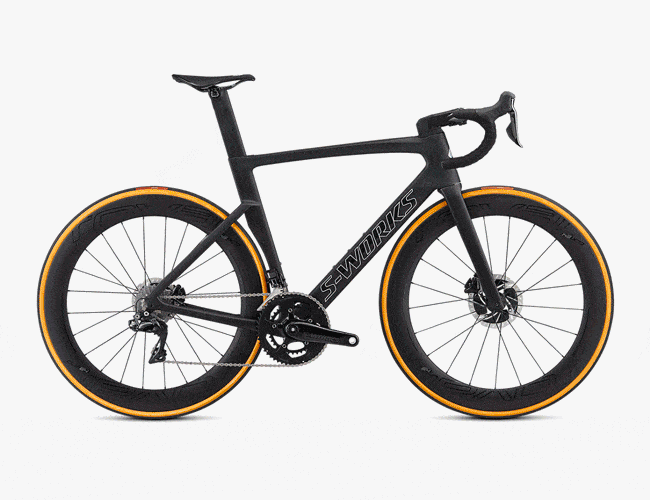When nearly every maker of camping equipment offers the luxury of an air mattress in a package the size of a water bottle, one might wonder, why the hell does anyone carry those bulky foam pads, and why do companies still make them?
The arguments for closed-cell foam sleeping pads are straightforward: they’re durable, they’re light, they’re warm and they’re more affordable by a long shot. Comfort and packability are where they lose out, especially when compared to the air pads that are currently holding the attention of brands’ innovation efforts. But closed-cell pads can still be improved upon, and Nemo Equipment just proved it with the release of the Switchback Ultralight Sleeping Pad.
The Switchback is much like other foam pads in that it accordions into a boxy shape, but it quickly lurches ahead of the crowd with a seriously thoughtful (and complicated) design. There’s a lot to unpack here — Nemo isn’t afraid to throw around terms like “Hypnoelastic” and “Axiotomic” — but the main takeaway becomes obvious after one look at the pad’s Magic Eye pattern: the Switchback’s foam bumps aren’t arranged like other pads’. Those bumps, called nodes, seem to zigzag and jut up or down randomly, but it’s based on a mathematical pattern that allows the Switchback to be thicker and pack smaller at the same time.
That pattern alone addresses the two main criticisms of closed-cell sleeping pads — comfort and packability. But Nemo also gave the Switchback a thermal film layer to improve heat retention and reworked its proprietary foam formula to make it more durable than before. All this for $50 — air pads can run as much as $200 — has us rethinking our outdoor sleep systems.

The best way to catch up on the day’s most important product releases and stories. Read the Story
